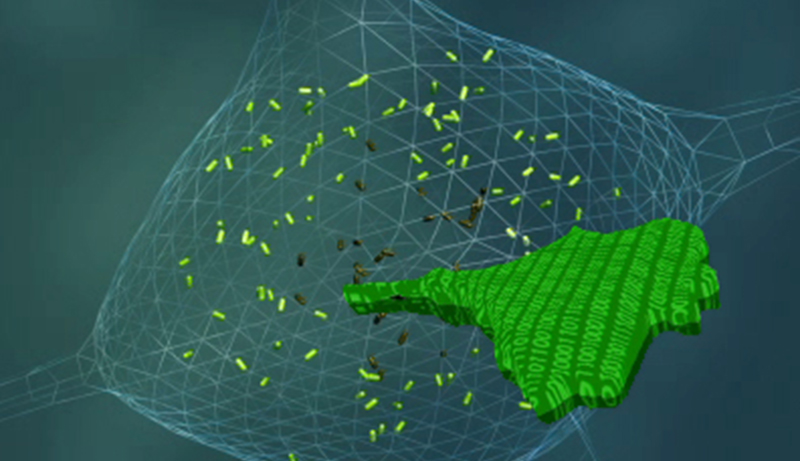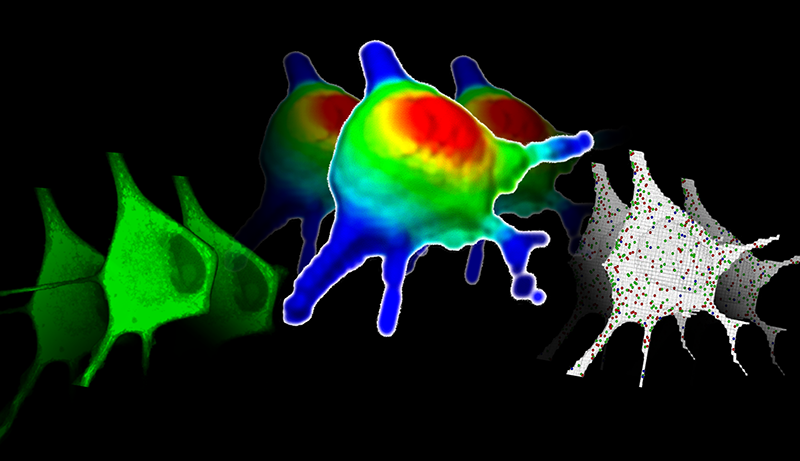


Virtual Cell
COPASI
SpringSaLaD
Vivarium Collective
FIJI/ImageJ VCell Simulation Results Viewer Plugin
Virtual FRAP Tool
Octane (Super-resolution imaging and single molecule tracking software.)
The Octane is a program we developed to facilitate works involved in super-resolution optical imaging (PALM, STORM, etc.). By providing an intuitive graphical user interface front end, we hope it can serve as a useful tool for a wide range of scientists, including experimental biologists as well as physicists. The program runs as a plugin of the (extremely versatile) ImageJ software, thus can be used on any image format that is supported by ImageJ.
BaSDI (Bayesian super-resolution drift inference)
Please see additional software information and download information at Yu Lab>Software
Single-molecule localization based super-resolution microscopy requires accurate sample drift correction in order to achieve good results. BaSDI implements a Bayesian statistical algorithm that estimate amount of the sample drift for every image frame from the raw dataset. The inference requires no fiducial marker but requires the assumption that the drift is mostly smooth over time. A detailed description of the statistical framework for this algorithm is published, Elmokadem A, Yu J, Optimal Drift Correction for Super-resolution Localization Microscopy with Bayesian Inference, Biophys J, 2015 Nov 3;109(9):1772-80. doi: 10.1016/j.bpj.2015.09.017. PubMed Link
BioNetGenLanguage (BNGL) code visualizer
Usage and limitations of BNGL code visualizer:
- Non-visual parts of BNGL code such as parameter's block and actions are omitted in visualization for clarity, but all comments for molecules, species, rules and observables are displayed.
- No code validation is provided: the BNGL is visualized as is. There are rare instances when we note some errors in the code and provide guidance, but users should not rely on it.
- cBNGL is not supported, but compartmental export from VCell is supported. In VCell, a compartment is assigned to the whole reactant or product, while in cBNGL a compartment can be assigned to different sites of a molecule.
- There are many extensions and undocumented/semi-documented features in BNGL. We do not guarantee that all of them are supported. Please email Michael Blinov and we'll try to accommodate the visualization of more features.
MolClustPy
ModelBricks